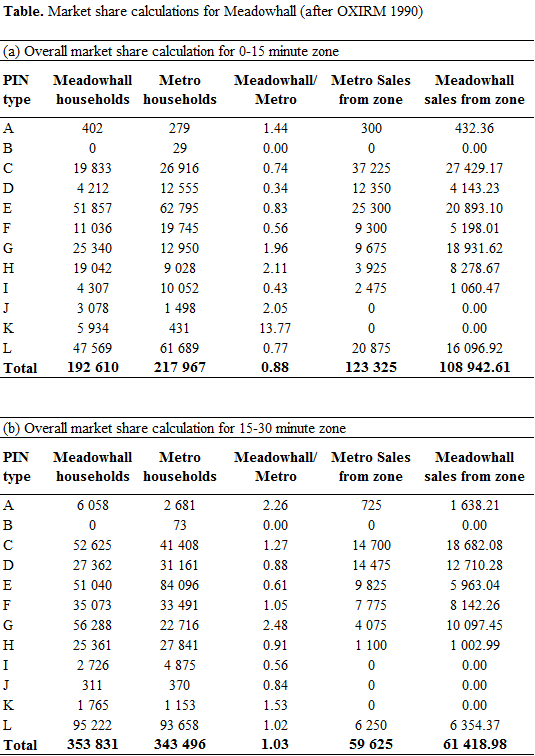Download links for: Manga De Wakaru Dētabēsu


Reviews (see all)
Write review
Best introduction for someone with no database experience.
-1 star because joins are not explained :)Lovely read :)
DATABASE FAIRY?!
Other books by Graphic Novels & Comics
Other books by Mana Takahashi
Related articles













